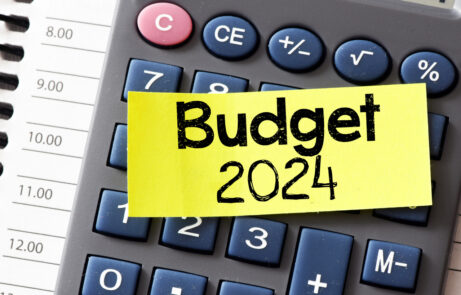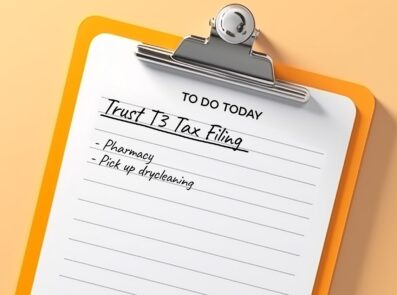The end of the year is rapidly approaching, which commonly brings about a time when business owners reflect on taxes. There are a few considerations that owners can contemplate to help maximize tax efficiency.
Below are some immediate things you can contemplate and action fairly quickly. Nevertheless, there is always an opportunity to review longer-term objectives and opportunities to enhance tax efficiency and / or bring about greater overall protection.
Immediate Expensing for Depreciable Property
If your company acquired assets on or after April 19, 2021, which are available for use before January 1, 2024, they may qualify for immediate expensing for tax purposes. It’s a good time to connect with your accountant to better understand the rules and restrictions, and determine if there is a desired benefit in realizing the related amortization deduction now, as opposed to over time.
Scientific research and experimental development (SR&ED)
If your business is undertaking research and development activities in Canada, it may qualify for the generous SR&ED financial incentive program. Typically this refers to carrying out a means of experiment or analysis to achieve scientific or technological advancement. There are great resources online with CRA to better understand the requirements to qualify for the program and also what does not qualify as SR&ED activities and expenditures.
SR&ED expenditures reduce the corporate tax liability in the current year or later years. There can also be some ability to carry credits back as well. If you’re wondering if an activity your company has or will undertake may qualify, it’s advisable to have an assessment done; there are online questionnaires to be found, support through CRA’s tax offices, or through independent SR&ED professionals.
Top Up Employee Benefits
In today’s highly competitive labour market, retaining and attracting employees is top of mind for many. If business has been profitable and the pipeline for 2023 and beyond is full, you may be considering offering or expanding benefits to employees. If you are, it’s worth noting that these benefits paid by the company can create deductible expenses for tax purposes in the business.
Withdrawing Money
Compensation planning strategies should be a regular conversation with your advisers. Determining needs, obligations and goals for business owners and their families is key.
This tends to be not as straight-forward as some might perceive, and the details matter. It’s time to have that discussion with your advisers to determine what’s best and to avoid any pitfalls.
Make Full Use of Your Personal Deductions
In conjunction with your tax efficient plan for withdrawing money from your business, consider how RRSP, TSFA, RESP and charitable contributions can help with your long-term financial needs and reduce your short-term tax bill.
Many businesses are complex operations with significant capital assets, inventory and expenses that all impact corporate and, ultimately, personal tax obligations. A careful review of each element will help you in the short-term and offer strategies for your long-term financial goals.







